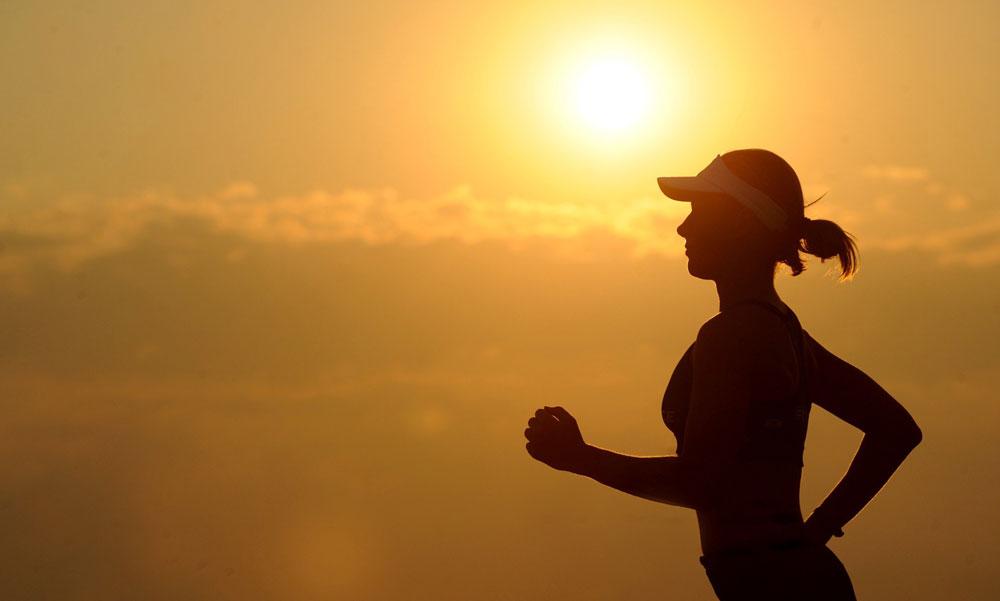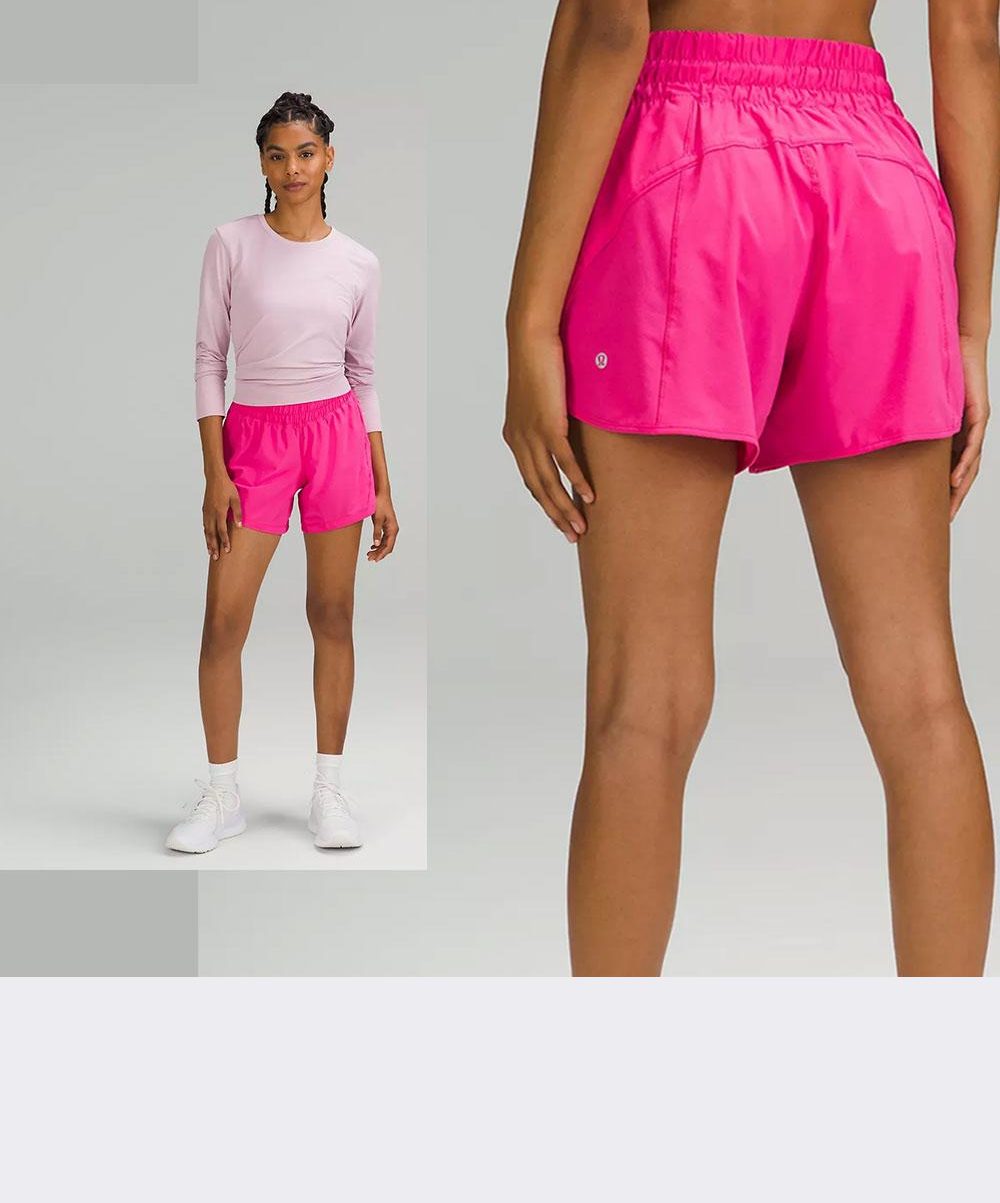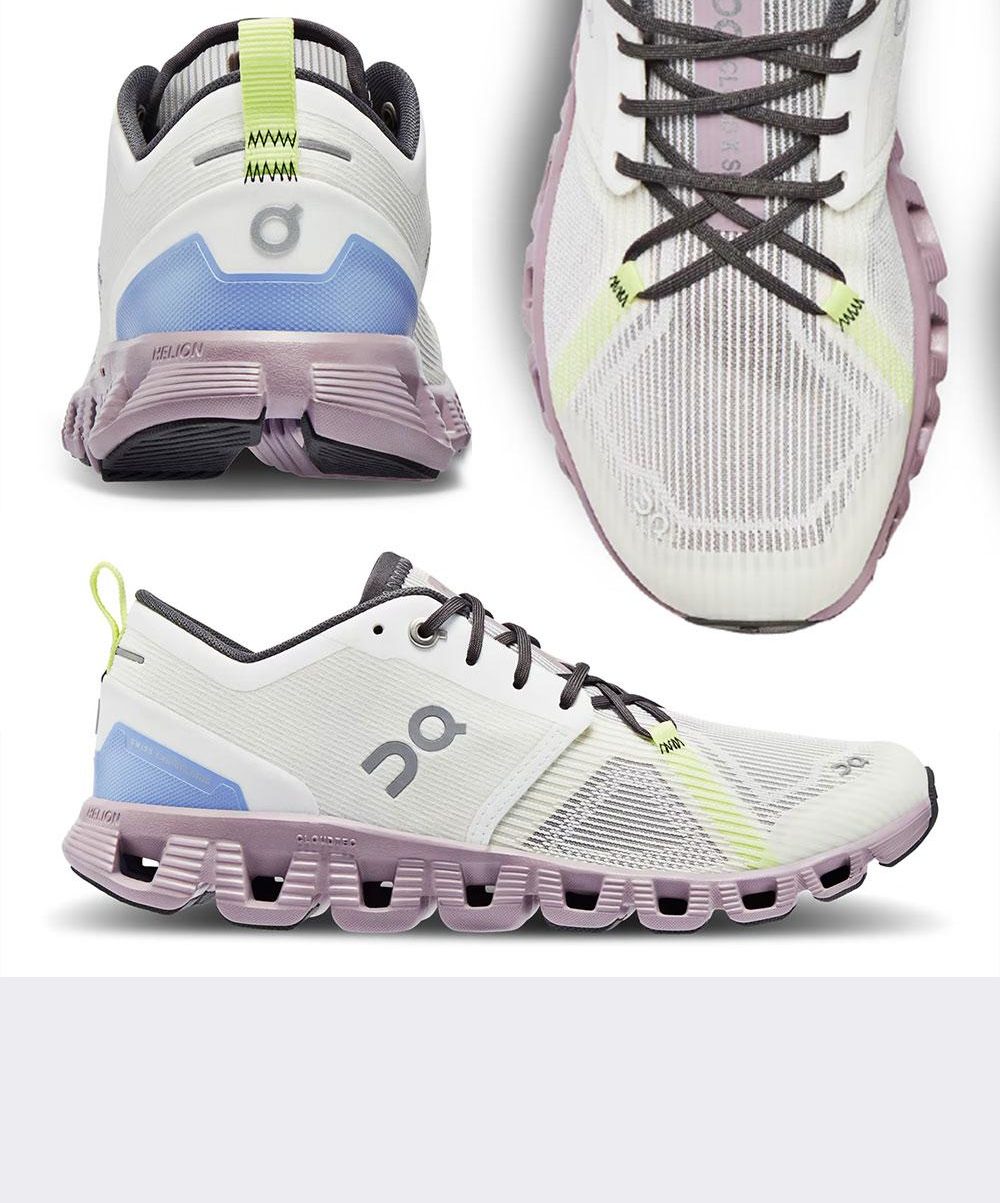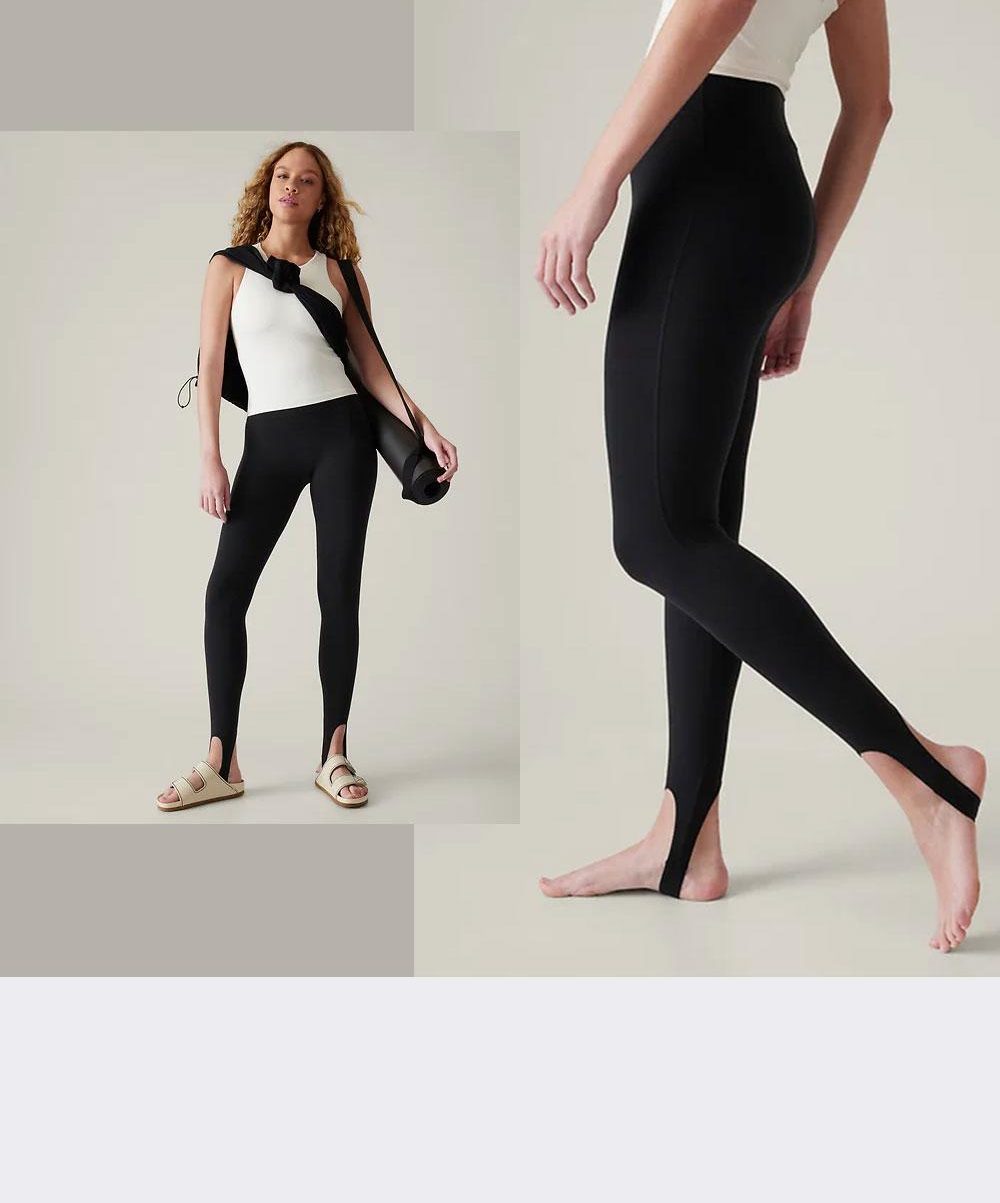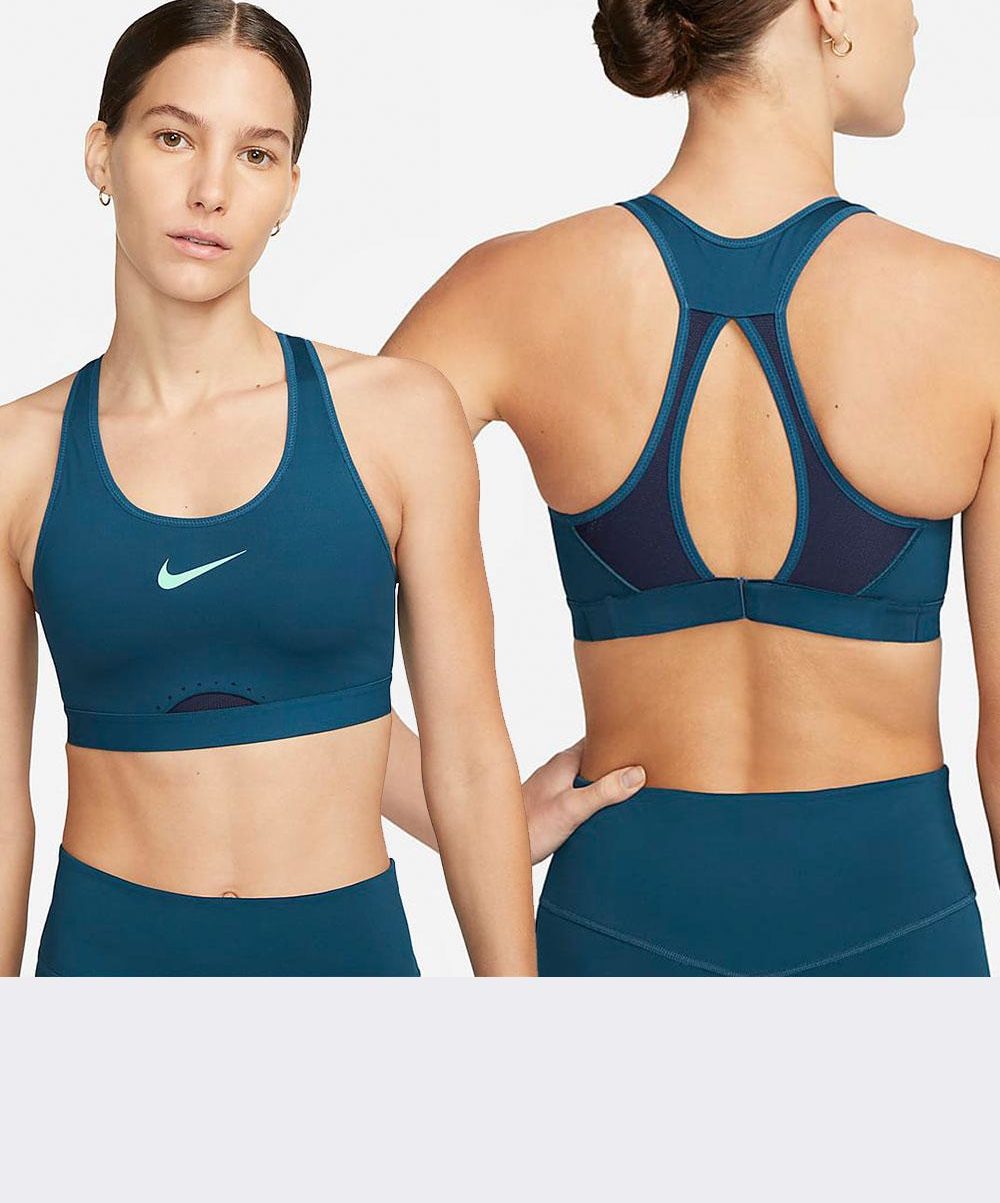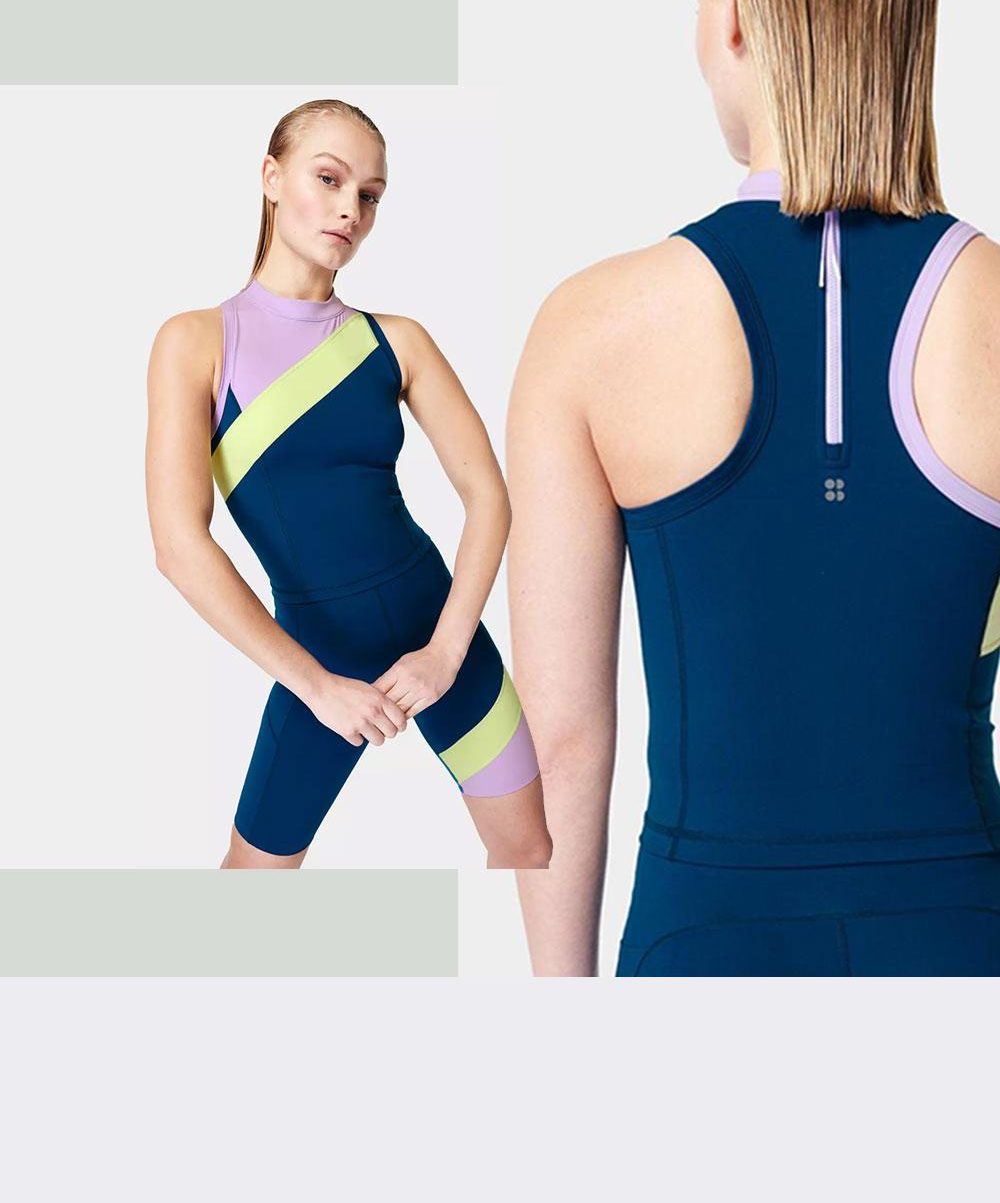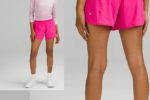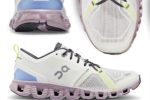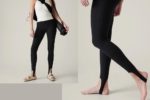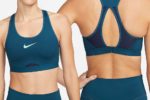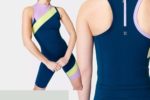As I lay flat on my workout mat, I think to myself, I’m exhausted. I cannot do another rep. I’m not sure I can even get up and leave the heated studio. I just finished a HIIT class at a hot yoga and fitness studio. It’s a strange feeling of fatigue. My muscles weren’t tired but I was. I also looked around the room, trying to figure out why the class wasn’t filled with elite athletes training for endurance competitions in the tropics. It was women (and men) like me, looking to get into shape after the indulgent holidays. And we did so by exercising in the heat. But I had to wonder, à la Carrie Bradshaw, should we be doing this to ourselves? Is the exhaustion worth it, all for the sake of self-care?
Oxygen Yoga & Fitness Review: Breathe in – you’ll need to at this infrared studio.
Heated yoga studios are nothing new, but heat training for the mainstream is. And if the sighting of beginners in the class I took was any indication, it’s not just mainstream but also entry-level! So I had to know, from an expert, why are we doing this to ourselves? Is it a verified trend? Is it even safe? So I connected with Julien Périard, PhD, FACSM, FECSS, professor at the University of Canberra Research Institute for Sport and Exercise (UCRISE) in Australia. He’s also the lab leader for the Environmental Physiology Research Laboratory. I asked him to answer all my questions about heat and exercise and what we should know about and do when training this way.
How to prep for a fah-fah-freezing cold water dip.
Have you noticed an increase in mainstream heat exercise?
There have been heated yoga studios for a while. But, more recently, people have been “turning up the heat” to get some of the benefits of heat exposure. There’s research about the use of saunas in Scandinavia: For those that use a sauna more often, there are benefits in terms of health as they get older, like a reduced risk of dementia. It is different from exercising in the heat to improve fitness, but my point is that there is attention on the benefits of heat on the body.
Can’t find a trampoline studio near you? Try streaming these at-home rebounding workout videos.
When I did a hot HIIT class, I was tired but my muscles weren’t. It was a head-scratcher. What are the benefits of training in heat?
Heat is good for power athletes and sprinters – but not so much for marathon runners and 10-K runners.
During exercise, blood flow to the muscles increases. And a warmer muscle reacts more quickly because of the increased speed of chemical reactions. This helps power athletes and sprinters to perform.
Environmental heat stress also increases blood flow to the skin. Because of the need to send blood to the skin to lose heat, a “competition” for blood flow occurs, which leads to a higher heart rate. So, after 15 to 20 minutes in the heat, one might expect a higher heart rate than if exercising in cooler conditions. Exercising at a given work rate – running speed – feels harder as well.
What happens in the heat is that the heart rate increases for the same work effort, compared to cooler conditions, because the VO2 max is decreasing. VO2 max is the maximal aerobic capacity, and it lowers as the body temperature rises.
So, any exercise is going to feel harder because it is harder, relatively speaking.
In terms of going to the gym, when resistance training, one might feel quite well after a warm-up. However, if too little rest is taken between sets, the heart rate might remain elevated, and take longer to come down. Those sets might become harder and require more rest between sets.
Interestingly, exercising for an hour or so in the heat for four or five consecutive days will result in partial acclimation and start to show some of the benefits associated with improvements in performance. They will have a higher maximal sweat rate, which is good for losing body heat. Plasma volume will increase, so total blood volume will be expanded, which helps with cardiovascular stability. Heart rate will lower for the same level of work. Both core temperature and skin temperature will be lower as well.
There’s lots of evidence on the benefits of heat acclimation for endurance performance in the heat, but some research suggests the benefits help performance in cool conditions, as well.
Your period & exercise: What happens to your menstrual cycle when you work out?
Can you really lose weight with hot workouts? Do you burn more calories?
The extra calories that one might burn relate to exercising at a higher relative intensity. But if the absolute work rate is lower, then it won’t be by much. Much of the acute weight loss will be fluids from sweating, so it’s important to rehydrate afterward.
When exercising in a hot studio for 30 to 60 minutes, some weight loss can happen via sweating. It may only be 500 grams to 1.5 kilograms. But they should still rehydrate afterward though.
Go ahead, say F it – this is how to stop dieting!!
Hot yoga seems like an obvious way to go for a deeper stretch. But from what you’re saying, heat can be beneficial for any and all exercise.
I would separate exercise in heat into three categories: One, short intense exercise that’s not repeated; two, interval training; and three, endurance exercise.
For very intense and very short exercises, like sprints, the heat will help improve performance.
For HIIT or interval training, one might find at the beginning of a class that being hot is beneficial. But, if the rest between sets and repetitions is short, it may get harder very quickly and a longer recovery period may be needed.
When doing endurance-type activities like five to 10 kilometres running on a treadmill, in the beginning, it may feel alright, but after 10 minutes, performance could start to decrease as it feels harder to keep on pace.
Barry’s Bootcamp Toronto: Just how scary hard is it, really?
What are the drawbacks of exercising in the heat?
Initially, it might be more difficult to recover from, especially for those who lose lots of fluids and don’t rehydrate afterward. Depending on the length of the class, there might be an increased cardiovascular response and an inability to maintain a desired work rate. People not used to intense exercise or don’t experience elevated body temperatures regularly may be at risk of exertional heat illness, as are older individuals or people with underlying health conditions. However, if someone is exercising regularly – and doctor-approved – they should be OK.
There’s a lot of self-pacing happening for exercising in the heat. People slow down as it gets harder. The reduction in work rate that happens, whether it’s from a 5K or 10 K run or repeated sprints, is associated with trying to maintain a certain effort or relative intensity, even if the work rate – speed, for example – decreases.
A 5K run just for fun? Does Supergirl wear a cape?
Can pregnant women work out in heated studios?
Things are changing a little bit for pregnant women, in terms of research and our understanding of how heat exposure affects pregnancy. In terms of exercise, women can still do HIIT training several months into their pregnancy, provided they were doing this before becoming pregnant and modify their workout accordingly as the baby develops. With exercise and heat exposure, they would need to be talking with their physician. But again it could be something they continue to do, if they had been exercising this way before pregnancy, up to a point.
Three women share their at-home workouts for moms (and how the heck they found the time).
What about people with heart conditions? Or joint issues? Who would you not recommend exercising in the heat?
It depends on whether or not they already exercise. Ff they do, they could probably try something in the heat. If someone already does HIIT training, then they are likely to be able to handle the heat. It’s certainly not advisable to start HIIT training for those with a heart condition, vascular disease or joint issues. For certain individuals, exercise in the heat might be more stressful and require longer recovery time. If someone is unsure about whether they should exercise in the heat or has a particular condition that may be aggravated in the heat, again, they should talk to their physician.
Virtual workouts vs IRL: Which way to exercise is more effective?
How do the heating systems work in hot gyms and hot studios?
There are infrared saunas, which act similarly to solar load. Essentially, these provide direct heat to the skin. Not many gyms have that technology because it’s quite expensive. Some studios simply turn up the heat or reduce the AC.
One of the things very difficult to control in a gym, especially with lots of people exercising and sweating, is humidity. Even though it might not be extremely hot in the gym, with a temperature potentially in the 30s (Celsius), humidity can be elevated. So it’s probably hot and very humid, which is an environment where core temperature will increase much more rapidly.
When the environmental temperature is close to skin temperature, the only avenue for heat loss is through the evaporation of sweat. So, beads of sweat form on our skin, and they need to evaporate to cool our skin. In humid environments, sweat may simply drip off of us, which leads to dehydration and provides no cooling benefit.
Class Action: We try Triple Sweat at Sweat and Tonic.
What should someone know before signing up for a hot workout class?
For most people, exercising in a hot gym is safe, especially for those who are already exercising and doing the type of workout they want to do in the heat. It’s not advisable for someone to exercise in the heat if they have any contraindications to doing so. Exercising in the heat can be beneficial, and if this is something that motivates someone to exercise because it’s different, and gets them in the gym, that’s great.
It also depends on individual goals. If someone just wants to be fit and exercise, exercising in the heat will get them there. But if they really want to maximize their potential – say running a really fast 5K, for example – then not all runs should be done in the heat, if any. Following a regimented training program is their first port of call. Then heat runs, if the race is in a hot condition.
If someone is planning to race in hot conditions, perhaps they can undertake exercise sessions in the heat like professional athletes do when preparing for a hot competition. These athletes have two or three sessions a week in the heat, three to six weeks out from their competitions. The sessions are aerobic-based and are not meant to be hard. Adaptations develop during this time frame that help them compete in the heat.
During research studies, heat acclimation protocols call for five to 10 consecutive days of training in the heat. But professional athletes can’t do that, because they do need to train in cooler conditions to hit specific work or speed targets. So, they spread the heat sessions out.
Interview with an Icon: Kathrine Switzer on breaking rules, busting myths, and being called “Just a jogger.”
Speaking of training for a destination run – any tips?
We have a lab and an environmental chamber in which we can control temperature and humidity. But if people don’t have that, they can do easy workouts or easy runs in the environment they’re in, perhaps a cool environment. Right afterward, they can pour a hot bath around 40 degrees (Celsius), and sit in the water for 15 to 20 minutes initially and progress to 40 minutes. If they do that for a few days in a week over a few weeks, they will heat acclimate.
Other ways people get hot to heat acclimate at home include putting on extra clothes when exercising indoors, or going into (an empty) closet or small room with a heater, and then exercising. These approaches will increase heat stress, but they’re not ideal.
“The hardest f*cking thing I’ve ever done” – what to expect in your first triathlon.
You study heat and exercise. What about this topic is personally interesting for you?
I always had an interest in heat and exercise. I did my masters on post-exercise heat stress in Ottawa, then my Ph.D. in Sydney on the mechanisms that mediate performance in the heat. I was looking at endurance performance, so self-paced exercise and constant load exercise to exhaustion. I was researching how cardiovascular, neuromuscular, and cerebral vascular function are affected by environmental heat stress. I was interested in the integrative response to heat stress on performance. That stayed with me as I competed in triathlon and cycling.
Exercising in heat? You should wear this performance gear
Thanks to Périard’s insights and that hot HIIT class, I learned the hard way that a cotton tee isn’t a good idea. It clings to skin and prevents those sweat beads from evaporating, making my body even hotter – and not in the intended way. Arm yourself with performance wear when heat training. And don’t forget to hydrate.

